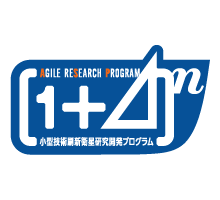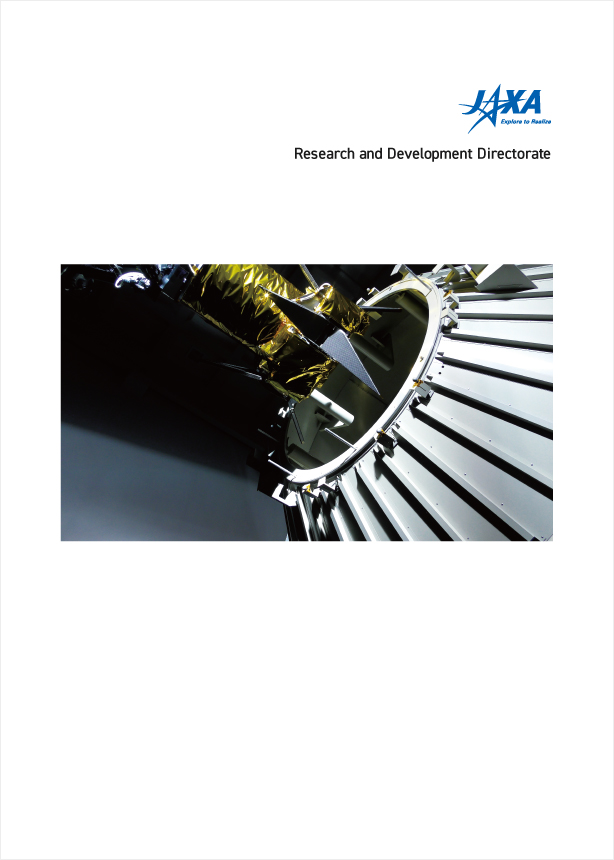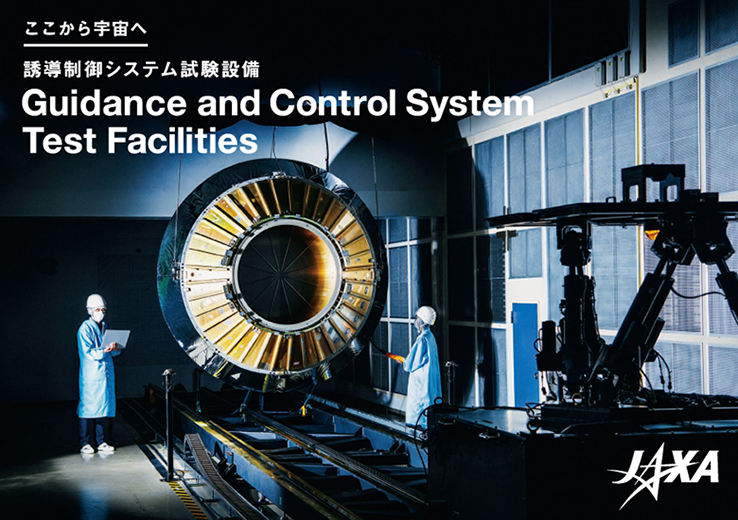Research on Improvement of Measurement Technology
Outline of the Research
In measuring radiation, there is always the challenge of over- or undermeasuring the energy due to "pileup," a phenomenon that is more likely to occur in areas of high radiation flux. This is addressed by designing the system to minimize the effect. To address the problem of the accuracy of data when a pileup event occurs, we have been developing technology to detect pileup events and calibrate the energy. Being able to detect a pileup and correct it will enable the measurement of multiple particles over a wider energy range with a single detector than is currently possible. This research is being done in collaboration with Toshiba Energy Systems & Solutions Corporation, which has experience developing radiation measurement systems for nuclear facilities, a high-radiation environment.
What is Pile Up?
Figure 1 shows the signal of a single radiation signal input to a single sensor. The radiation's energy given to the sensor is proportional to the signal's peak value, so this peak must be captured accurately. Depending on the timing of the incidence of a second signal that may overlap the first one, the maximum value may change. This is called pileup, and the higher the radiation flux, the higher the probability of its occurrence and the more it affects the energy measurement.

Research Goals
We will establish pileup detection and peak value correction techniques for pileup events. The spectrometer we are developing can measure energy with an accuracy of ~10%, even in an environment where the radiation enters the sensor at a rate of 106 particles/s. Our goal is also to develop a model that can be used for space demonstrations.
Establishment of correction technology by digital signal processing
The pulse-shaped signal generated by the radiation detector becomes a signal waveform of a constant shape with a voltage proportional to the energy absorbed by the detector through electronic charge amplifiers and shaping amplifiers. Normally, by sampling the peak voltage of the pulse signal, the amount of energy absorbed by the radiation detector can be determined. However, if two or more signals occur within a short time and overlap (pileup), the peak value will not show the correct peak value, making it difficult to determine the amount of energy accurately.
In this study, we focused on the fact that even when pileups occur, the signal waveform is a convolution of individual basic pulse waveforms. The technique was devised to remove components convolved by other pulse signals from the sampled values to obtain peak values corrected for pileup effects. Furthermore, we have established a technology to perform this detection and correction processing in real time by applying the latest digital signal processing technology using high-speed, low-noise analog signal circuits and field programmable gate arrays (FPGAs).
We filed a patent application jointly with the Toshiba Energy Systems & Solutions Corporation.
A prototype device with this functionality was developed. Ground tests are being conducted to confirm that the process works as intended by irradiating the experimental device equipped with this signal processing function. In the energy spectrum of the electron beam measured by the ground test, the measured values of the pileup have been corrected to the original energy values.
Future Plans
JAXA has developed radiation measurement devices equipped with multiple silicon sensors. We are aiming to establish a detection correction technique for multiple sensors.








